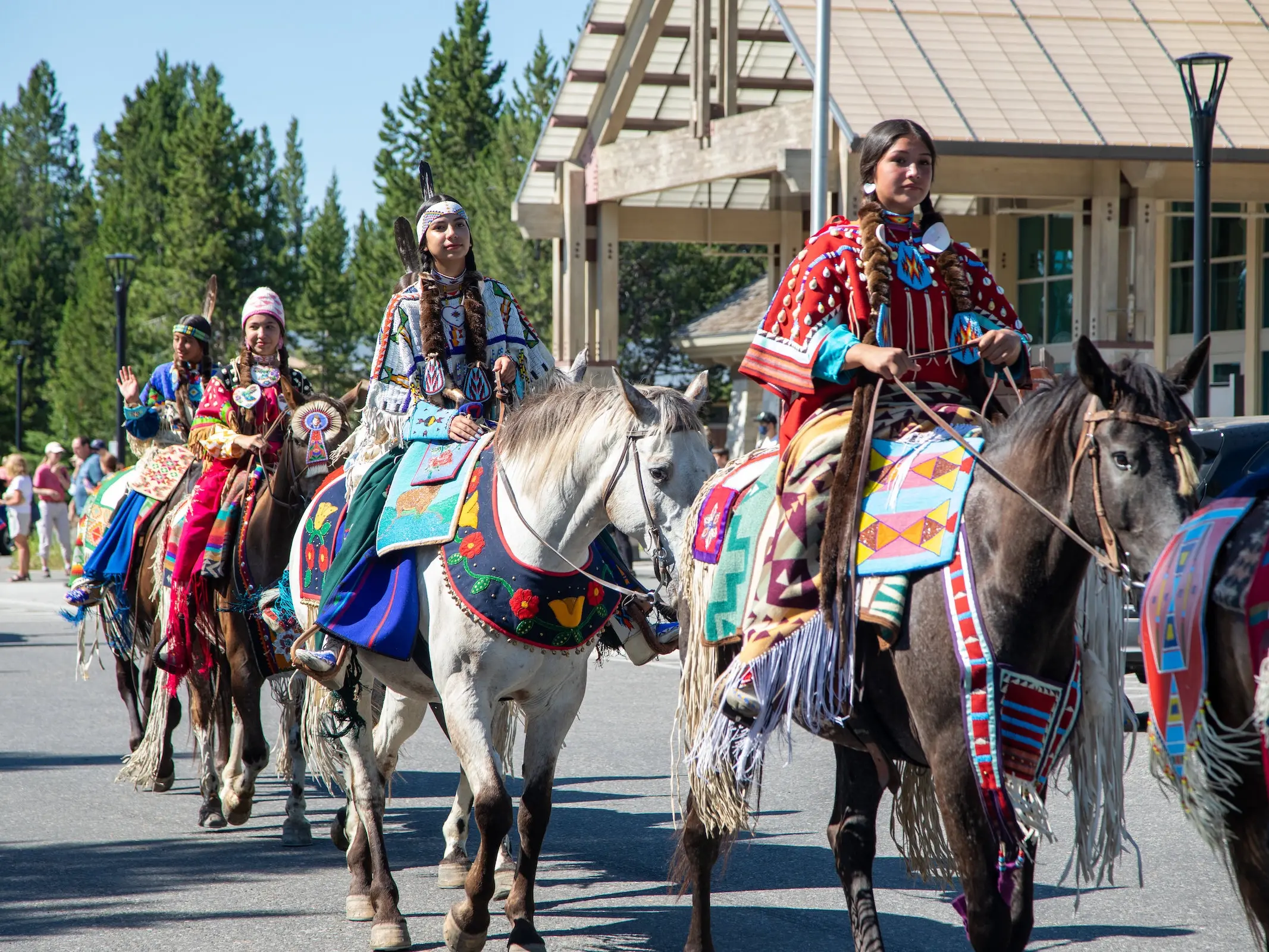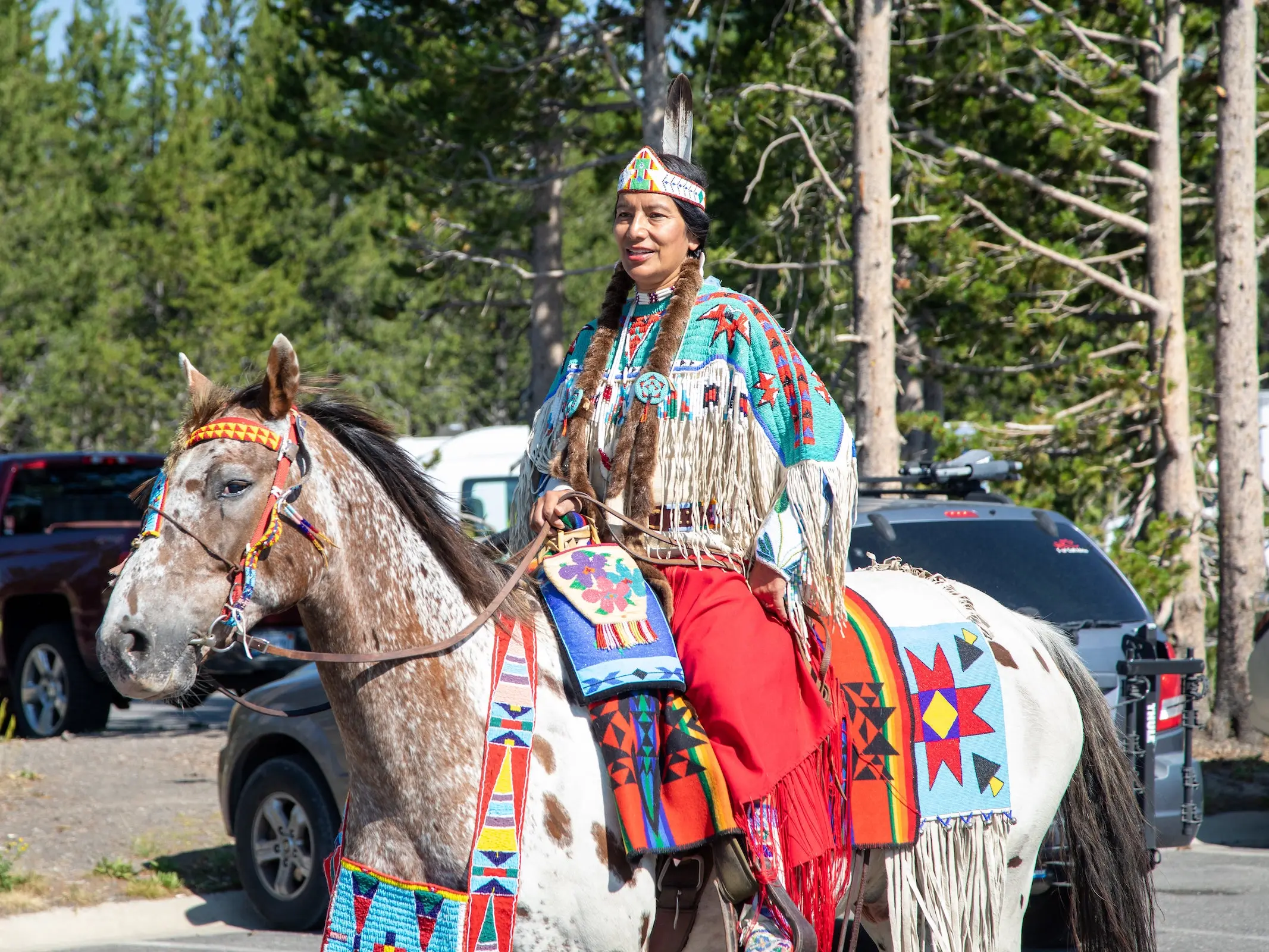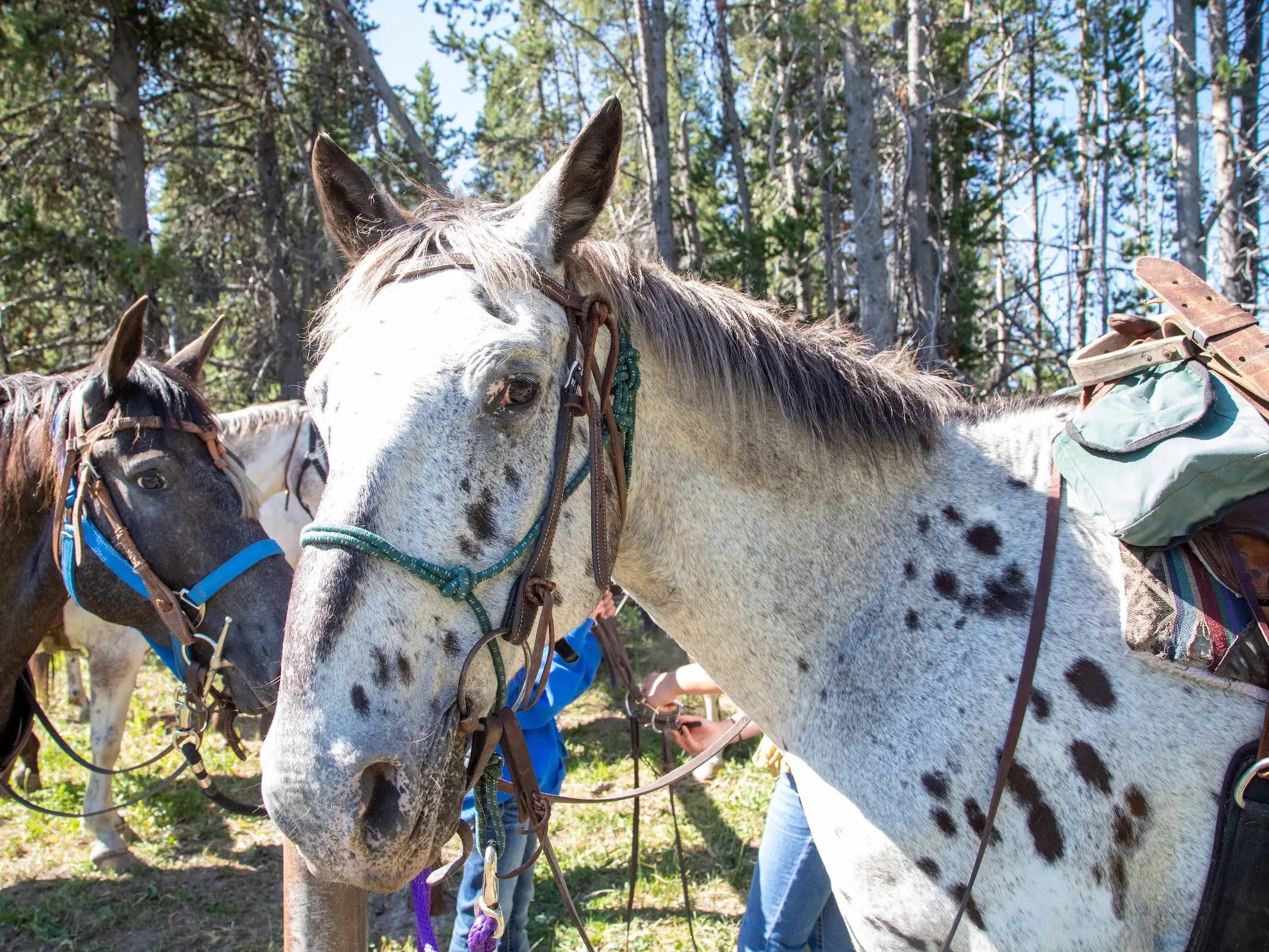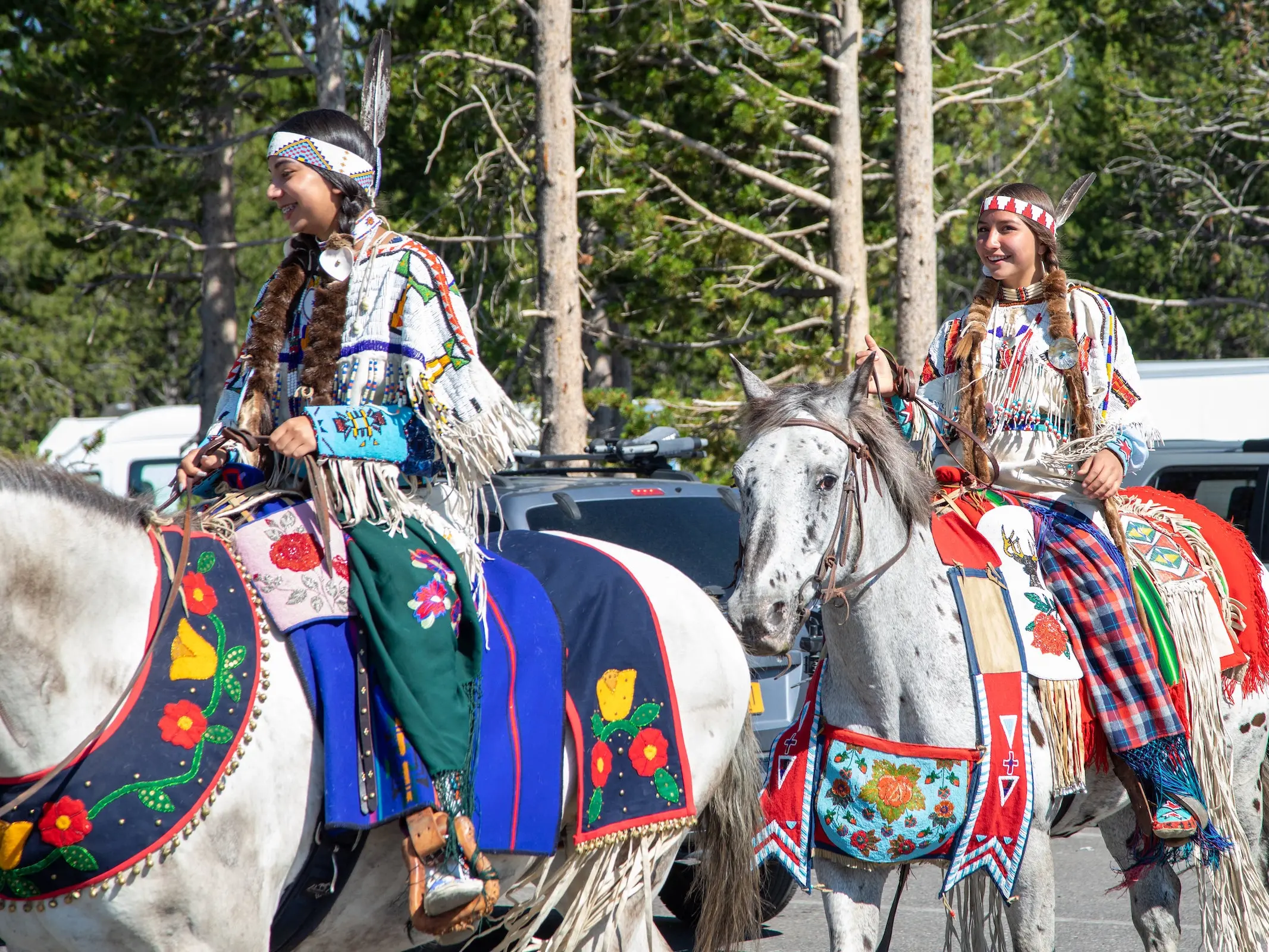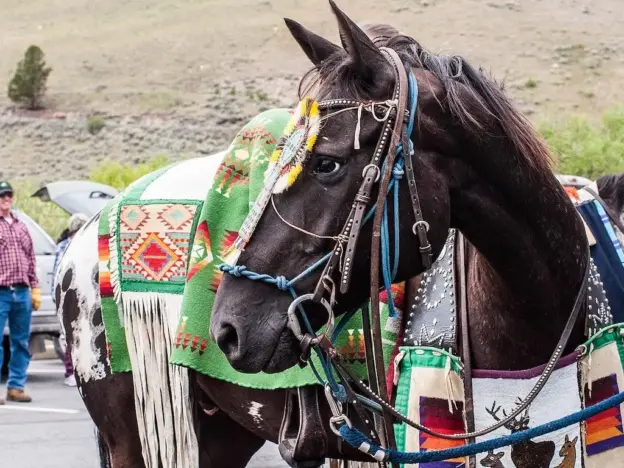Intro
Although spotted horses have been documented in Europe and Asia for centuries, North American spotted horses were developed by the Nez Perce Indians in mid-18th century Oregon, Idaho and parts of Washington.
Origins
Originating with Spanish horses brought to North America by conquistadors, they are named for the Palouse River that ran through Nez Perce territory. The tribes bred them not only for their fabulous spotting patterns, but to be strong and possess the endurance required for long hunting parties or warfare.
So well bred were their animals that Meriwether Lewis of the Lewis made note of them in a February 15, 1806 journal entry. “Their horses appear to be of an excellent race: they are lofty, elegantly formed, active and durable: in short many of them look like fine English horses and would make a figure in any country”.
When the government began seizing tribal lands and re-locating tribes to reservations, the Nez Perce fought, but were defeated. Many of their prized animals were redistributed or slaughtered, breaking up breeding programs and scattering them to the winds. They live on today in the modern American Appaloosa breed.
Trying Again
In 1995 a breeding program began in Idaho using the old Appaloosa horses crossed with Akhal-Teke animals in the hopes of re-establishing Nez Perce bloodlines. The breed is administered by the Young Horsemen Project which strives to keep tribal equestrian traditions alive among the Nez Perce youth.
Features
Average height 15-15.5 hands
Physique
Head is long with straight profile
Large, expressive eyes
Long, high-set neck
Narrow in the chest with a long back
Legs are correct and long
Traditional Colors
Typically buckskin or palomino with appaloosa white patterns
Temperament
Spirited and intelligent
Use
Riding horse
Endurance
Sport
Helpful Links
* all links open in a new window
Nez Perce Horse Registry
More Images
